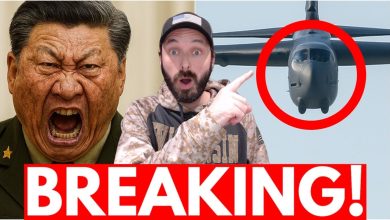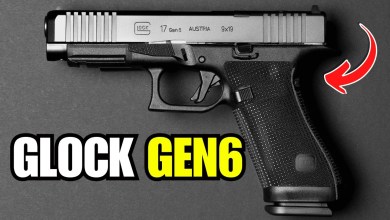Dyneema Unveils Lighter, Stronger Woven Composite & First Hyperlite Pack to Use It

Dyneema is one of the most trusted and technical materials used in outdoor gear today. It is 15 times stronger than steel, light enough to float on water, and extremely resistant to tearing. Particularly among the ultralight crowd, this ultra-high-molecular-weight polyethylene (UHMWPE) fabric has been a favorite in lightweight tents and backpacks since the ’90s. Now, this pinnacle of ultralight fabrics is getting even better.
On July 15, 2025, Dyneema unveiled a new woven composite that it claims is orders of magnitude stronger than standard Dyneema, more abrasion-resistant, and lighter. By all accounts, the Dyneema Woven Composite is a massive upgrade to the widely used and highly regarded original.
“This material was designed with the realities of the outdoors in mind,” Chiharu Pidgeon, the global business manager of fabrics and composites at Dyneema, told GearJunkie. “It’s not just engineered to perform in the lab — it’s built to hold up against some of the toughest terrains on Earth.”
In collaboration with Dyneema, Hyperlite Mountain Gear is relaunching three of its most popular packs — the Windrider, Southwest, and Junction — with the Dyneema Woven Composite. Hyperlite not only designed these packs using the new material, but it also helped Dyneema field test it with a network of athlete testers who put the new packs and woven composite through the wringer.
“We think Dyneema fabrics are the future of the outdoor industry,” Mike St. Pierre, founder and CEO of Hyperlite Mountain Gear, said in a statement. “This is the most significant evolution of our core packs since their debut over 15 years ago.”
Same Dyneema — 10X Stronger, 5X More Abrasion-Resistant, 34% Lighter
When designing the woven composite, Dyneema said it wanted to maintain the lightweight waterproof qualities, dimensional stability, and structural integrity of the Dyneema face fabric while combining those with the benefits of precision layering construction.
“We set out to significantly improve the abrasion resistance and durability of our already best-in-class portfolio — without adding weight,” Pidgeon said. That meant that Dyneema had to experiment with new fabric combinations, rethink its fabric construction, and test dozens of prototypes.
Pidgeon said they even considered eliminating the Dyneema core entirely at one point, but nothing could match its structure and stability.
“In the end, we returned to what sets us apart,” Pidgeon said. “Our fiber spreading technology, which remains our core performance advantage.”
Dyneema leveraged its global network of testing labs to dial its woven composite and put it through the testing rigors. Its lab in Mesa, Ariz., conducted puncture and tear tests and tensile analysis. Technicians in the Netherlands performed abrasion testing, simulating the composite’s performance over years of hard use, and the brand’s lab in Singapore ran vigorous slash-resistance tests.
The result is a composite that the brand claims is 10 times stronger than standard Dyneema, five times more abrasion-resistant, and 34% lighter.
Hyperlite’s Dyneema Woven Composite Packs: Windrider, Southwest, and Junction
Once Dyneema’s woven composite was dialed, it was Hyperlite’s turn to put its nose to the grindstone. It redesigned three of its most popular packs with the material. Its Windrider, Southwest, and Junction Backpacks all use the Dyneema Woven Composite.
“This is the most significant evolution of our core packs since their debut over 15 years ago, and we’re honored to be the first brand to utilize the Dyneema Woven Composite technology,” St. Pierre said. “With this evolution, we’re delivering next-level performance without compromising the existing benefits on which our community relies.”
Thanks to the Dyneema Woven Composite, Hyperlite’s new packs are lighter and more durable. However, the redesign also allowed Hyperlite to enhance the packs’ carry comfort, improve access and storage, and allow for customizable compression. The brand even redesigned the hydration bladder loop and relocated the hose pass-through port. Then, its testers took it out into the field.
“[Hyperlite’s] team helped evaluate various prototypes and iterations in real-world conditions, providing us access to candid feedback that helped shape the final material construction,” Pidgeon said. “[The composite is] not only technically advanced but proven where it matters most — in the wild.”
The Hyperlite Windrider with Dyneema Woven Composite is available in 40L, 55L, and 70L sizes for $380, $400, and $430, respectively. At the time of this writing, Hyperlite has not listed the prices for its Southwest and Junction packs, but they can be viewed on its website.
While these Hyperlite packs are the first products to use the Dyneema Woven Composite, the brand assured GearJunkie that this is just the first application of the new technology. For now, it will only be in Hyperlite’s new packs. However, Dyneema said the woven composite will soon be available in products across brands.
Read the full article here








